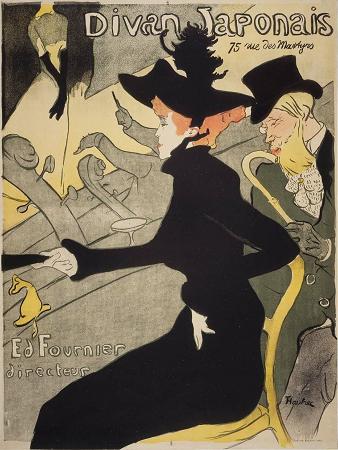
Lithograph. Lithography is a method of printing originally based on the immiscibility of oil and water.
The printing is from a stone or a metal plate with a smooth surface. It was invented in 1796 by German author and actor Alois Senefelder as a cheap method of publishing theatrical works.
Lithography can be used to print text or artwork onto paper or other suitable material. Lithography originally used an image drawn with oil, fat, or wax onto the surface of a smooth, level lithographic limestone plate.
The stone was treated with a mixture of acid and gum arabic, etching the portions of the stone that were not protected by the grease-based image. When the stone was subsequently moistened, these etched areas retained water; an oil-based ink could then be applied and would be repelled by the water, sticking only to the original drawing.
The ink would finally be transferred to a blank paper sheet, producing a printed page. This traditional technique is still used in some fine art printmaking applications. In modern lithography, the image is made of a polymer coating applied to a flexible plastic or metal plate. The image can be printed directly from the plate, or it can be offset, by transferring the image onto a flexible sheet for printing and publication. As a printing technology, lithography is different from intaglio printing, wherein a plate is either engraved, etched, or stippled to sc
The printing is from a stone or a metal plate with a smooth surface. It was invented in 1796 by German author and actor Alois Senefelder as a cheap method of publishing theatrical works.
Lithography can be used to print text or artwork onto paper or other suitable material. Lithography originally used an image drawn with oil, fat, or wax onto the surface of a smooth, level lithographic limestone plate.
The stone was treated with a mixture of acid and gum arabic, etching the portions of the stone that were not protected by the grease-based image. When the stone was subsequently moistened, these etched areas retained water; an oil-based ink could then be applied and would be repelled by the water, sticking only to the original drawing.
The ink would finally be transferred to a blank paper sheet, producing a printed page. This traditional technique is still used in some fine art printmaking applications. In modern lithography, the image is made of a polymer coating applied to a flexible plastic or metal plate. The image can be printed directly from the plate, or it can be offset, by transferring the image onto a flexible sheet for printing and publication. As a printing technology, lithography is different from intaglio printing, wherein a plate is either engraved, etched, or stippled to sc
Wikipedia ...